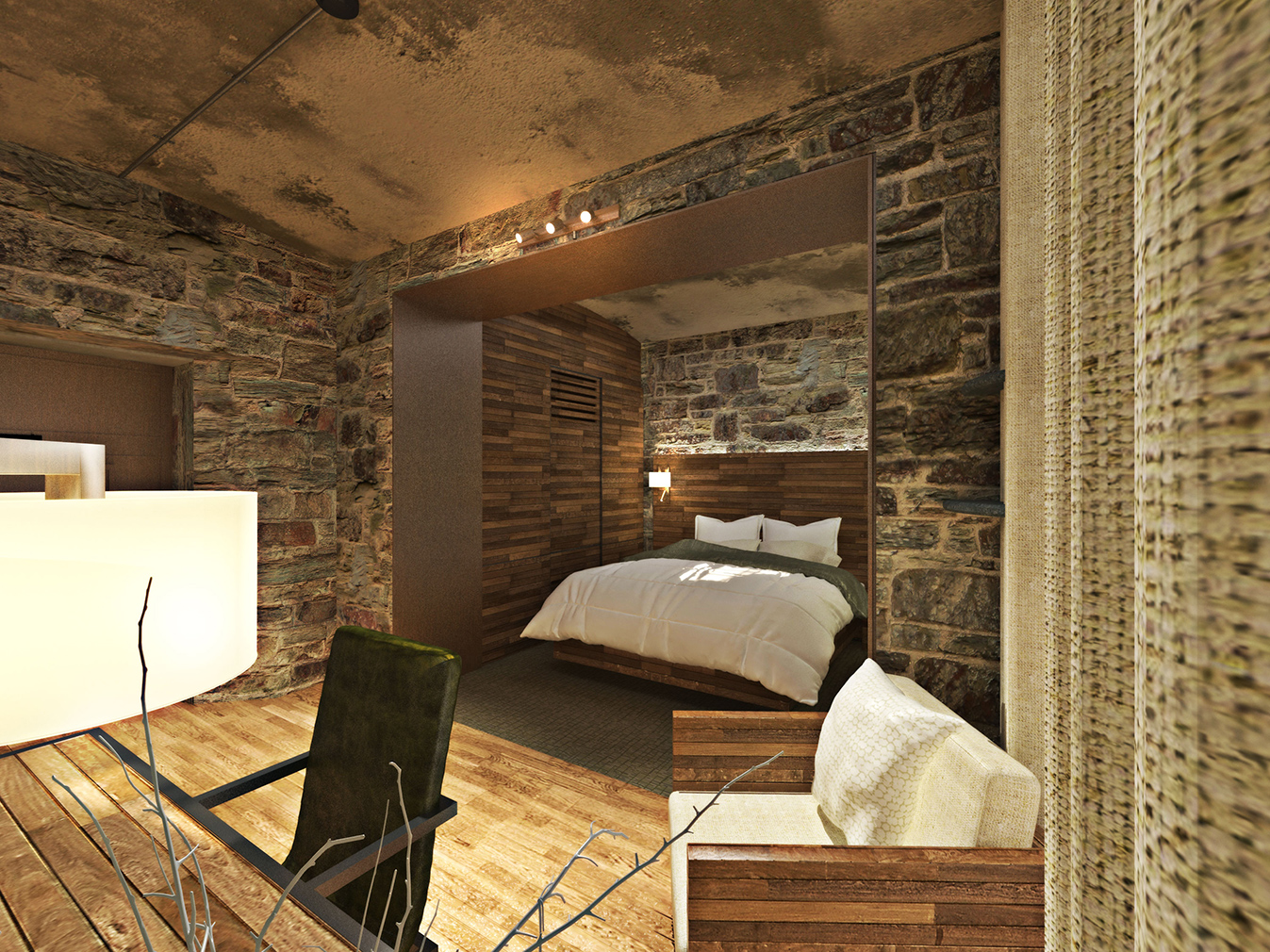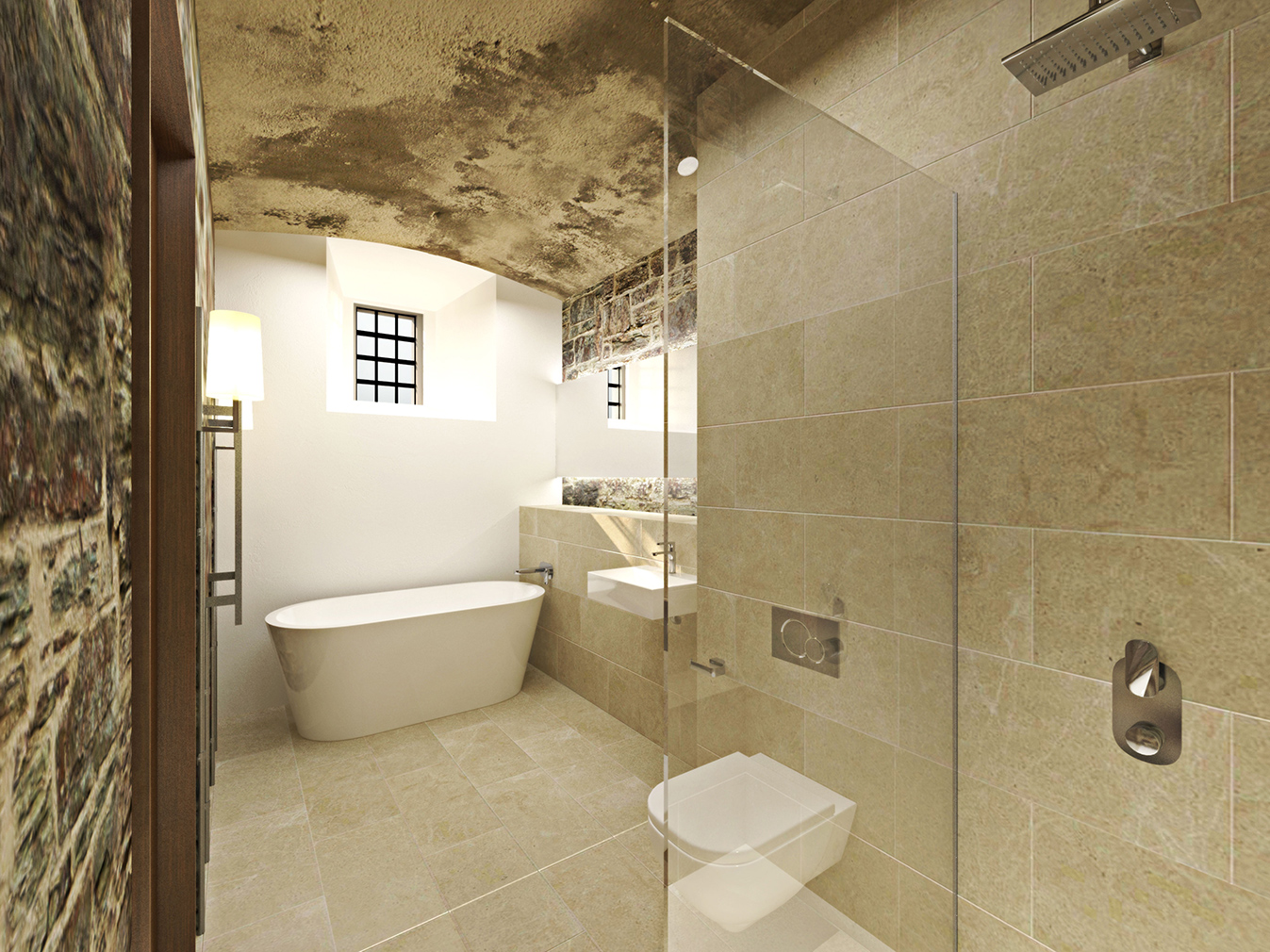
Photography: Chris J Wood

Courtesy Twelve Architects

Courtesy Twelve Architects

Courtesy Twelve Architects

Courtesy Twelve Architects
Cornwall’s 239-year-old Bodmin Jail is being converted into a glass-roofed hotel – once the resident bat population has been relocated, that is.
London studio Twelve Architects is leading the crumbling landmark’s adaptive reuse, and plan to preserve much of the original Grade II-listed building – most of which has been derelict for the last 60 years. The jail, which sits on the edge of Bodmin Moor, closed in 1927, has a grizzly history, having been the site of over 50 public hangings since its construction in 1779.

Its abandoned cell blocks will be turned into 63 guest rooms, framed by the weathered stone walls that once kept prisoners captive, while a glazed roof over the hotel atrium will retain the ‘magical natural lighting qualities of the ruin’, says the practice.
‘When we first visited the site, the volume and atmosphere of the existing prison wings was quite striking and we wanted to retain that drama,’ says the studio’s associate director, Lorraine Griffith.

She adds that the firm faces quite the challenge when it comes to navigating the building’s metre-thick internal walls, as well as encouraging its extensive bat population to move out. But they won’t have to go far: the practice is designing a new, temperature controlled bat house for them on the site, which is slated for installation before the Interstate Europe-owned hotel opens in 2019.
As well as a hotel, Bodmin Jail is set to become a visitor attraction and teaching facility for local schools and universities. An immersive theatre space and ‘Dark Walk’ experience will retell the prison’s history during the 18th and 19th century, and the individual stories of prisoners will be shared through art in the hotel’s bedrooms.
Read next: 9 radical adaptive reuse projects
















